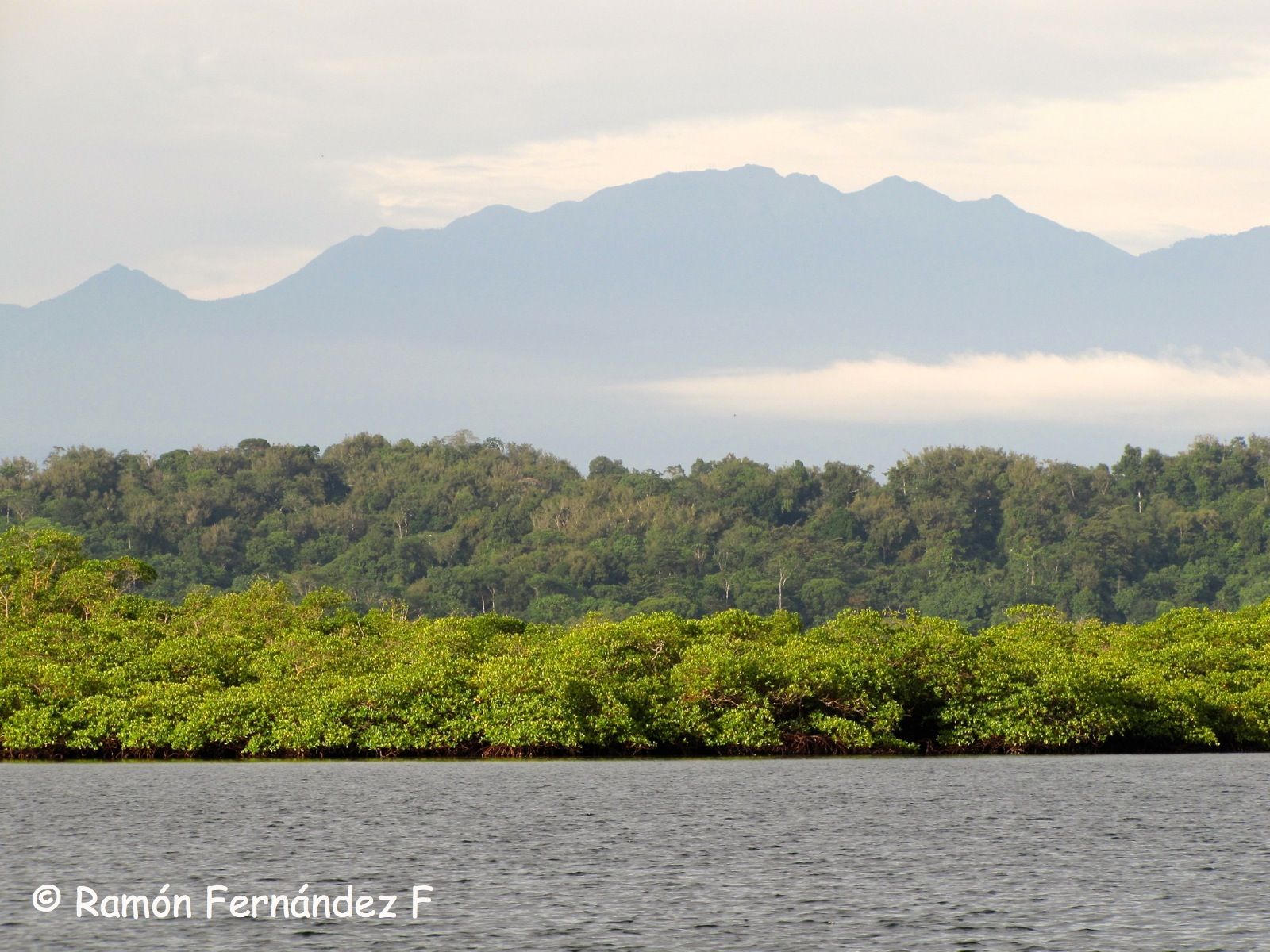Published June-01-2016
Panama's Interesting Natural History
Geologically, Central America is one of the most complicated places on the Earth. A place where the fundamental forces at work on Earth over the last 15 million years created a land bridge that changed the world. This new bridge …

Ramon
Spanish biologist guide at Tranquilo Bay Eco Adventure Lodge

Geologically, Central America is one of the most complicated places on the Earth. A place where the fundamental forces at work on Earth over the last 15 million years created a land bridge that changed the world.
This new bridge not only connected the Northern and Southern terrestrial biota but changed the global oceanic circulation separating Pacific from Atlantic oceans which produced dramatic changes in weather patterns and oceanic conditions on both sides. The separation of the two oceans provoked the appearance of the Gulf Stream which warms the East Coast of North America and the Western European coasts, resulting in precipitation increases and intensification of the northern hemisphere glaciation.
This land bridge, that is also a separation wall between two oceans, happened progressively over the last fifteen-million years. As such it allowed changes that normally happen after big catastrophic events. The movement of species through the new land-bridge is known as “Great America Biotic exchange”. This exchange occurred in waves.
The first migration wave happened eight-million years ago and included raccoons and sloths which where able to hop and swim from island to island within the existing island chain. Ocean foraminifera fossil data indicates a certain degree of connectivity in oceans until 3.1 million years ago. Three-million years ago is the moment, when abundant emigrant remains are found on both sides which is considered as evidence of a continuous land bridge. Dozens of families and several dozen genera passed in both directions.
A massive migration was led by grazers in large groups (horses and llamas from North America and ground sloths from South America) which had a heavy impact on the landscape. They were followed by carnivores … at least 6 families of North American carnivores spread South with catastrophic impact on native southern grazers (since they had never met such efficient hunters).
One of the last species to arrive North from the south is the opossum that reached Florida 1 million years ago.
The piece of land we now call Panama, was the last part closing the bridge that joined the two big land masses and at the same time separating the Atlantic from the Pacific Ocean forever. This makes this particular spot on Earth one of the most interesting places to study speciation, migration patterns, adaptation processes, competition, and extinction. We could say that Panama is an open air natural evolution laboratory.
